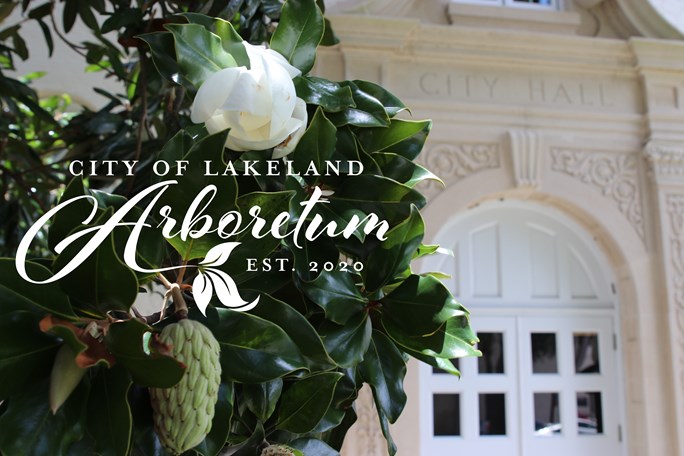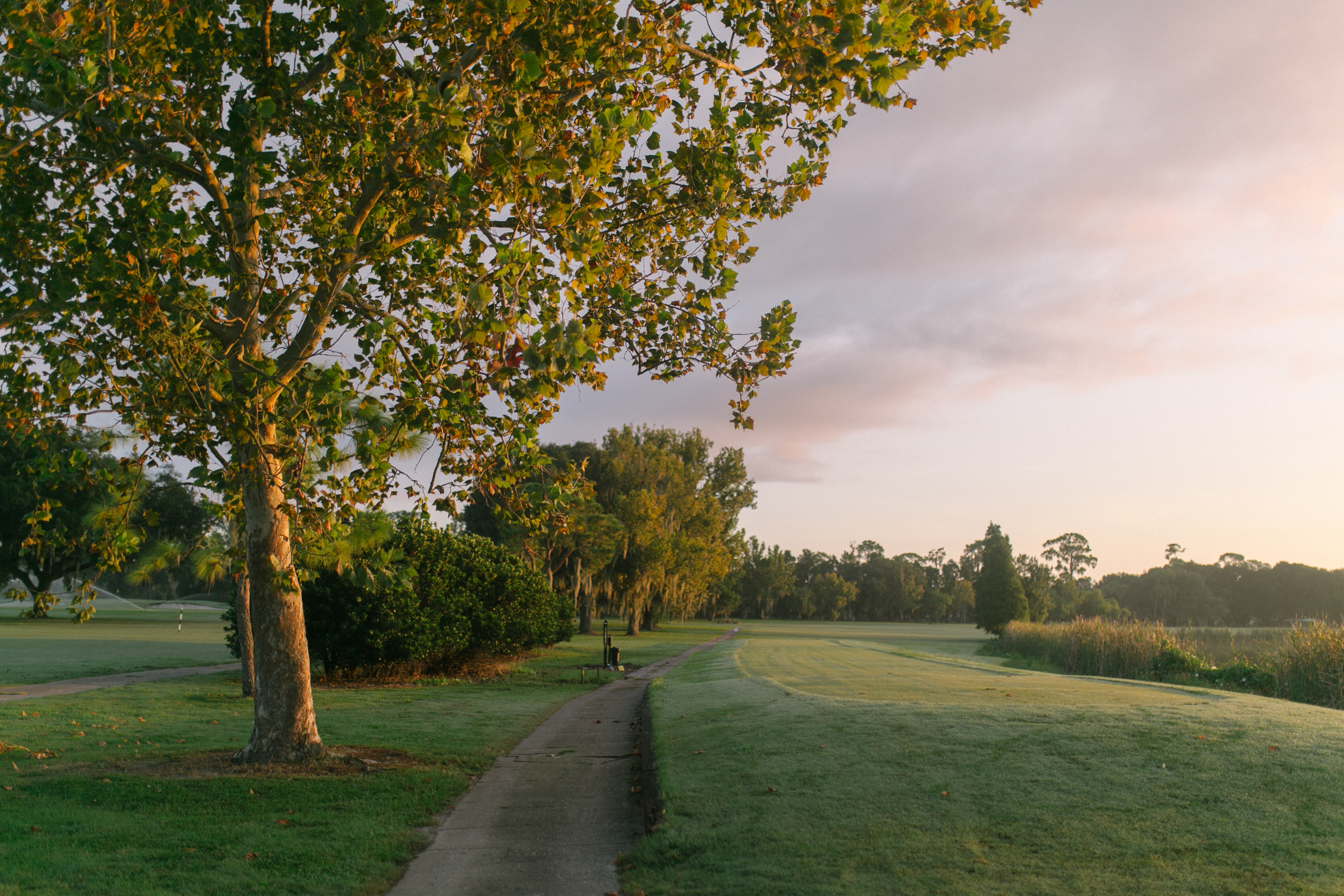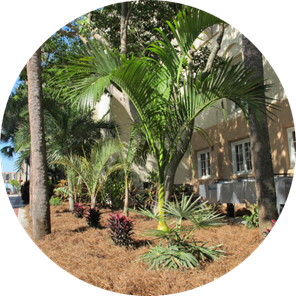
The City of Lakeland has been awarded a Level II Accreditation by The ArbNet Arboretum Accreditation Program and The Morton Arboretum for achieving particular standards of professional practices deemed important for arboreta and botanic gardens. The ArbNet Arboretum Accreditation Program is the only global initiative to officially recognize arboreta at various levels of development, capacity, and professionalism. The City of Lakeland Arboretum is also now recognized as an accredited arboretum in the Morton Register of Arboreta, a database of the world’s arboreta and gardens dedicated to woody plants.
These beautiful tree collections were created and have been maintained for several decades by the City of Lakeland Parks Department. The vast variety of trees stand as a testament to the City’s unique interest in horticulture, arboriculture and botany over the years.
Follow the links below to take a GPS enabled tour of our cataloged tree collections.
 - Coming Soon
- Coming Soon















